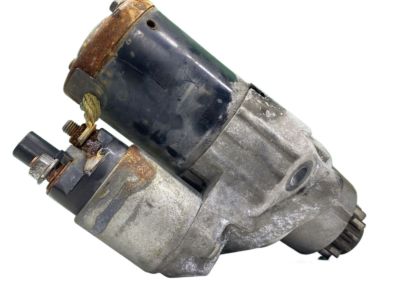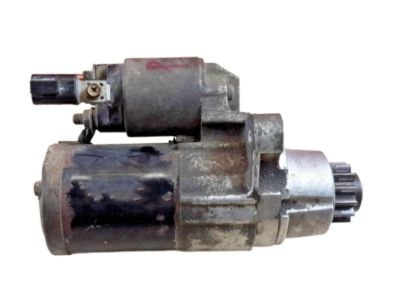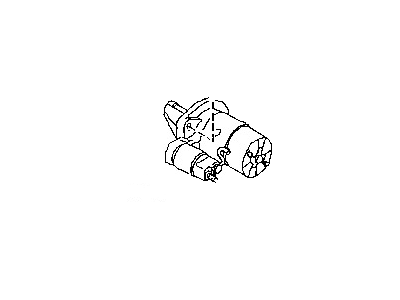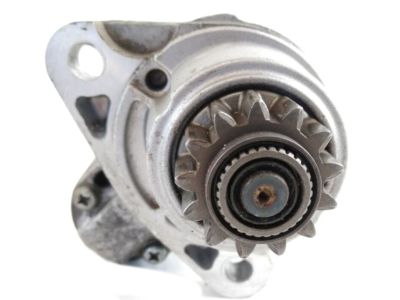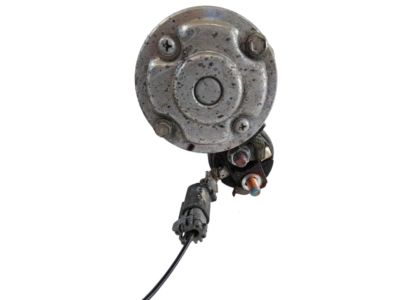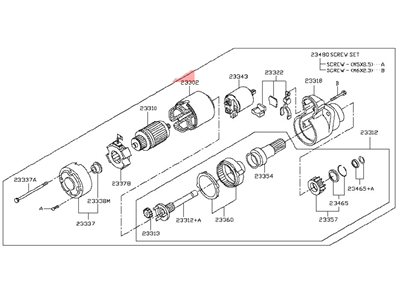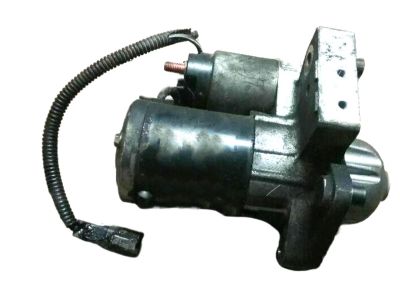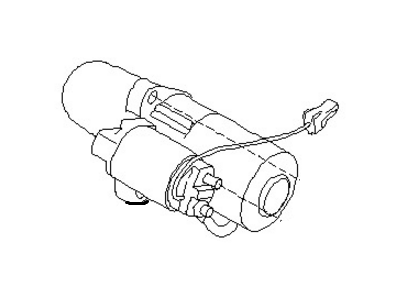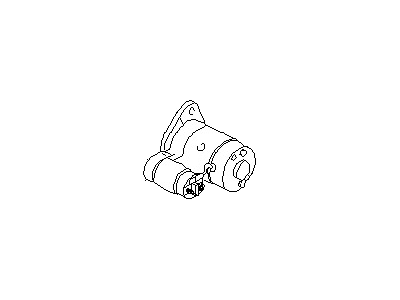×
- Hello
- Login or Register
- Quick Links
- Live Chat
- Track Order
- Parts Availability
- RMA
- Help Center
- Contact Us
- Shop for
- Nissan Parts
- Nissan Accessories

My Garage
My Account
Cart
Genuine Nissan Quest Starter Motor
Starter Ignition- Select Vehicle by Model
- Select Vehicle by VIN
Select Vehicle by Model
orMake
Model
Year
Select Vehicle by VIN
For the most accurate results, select vehicle by your VIN (Vehicle Identification Number).
9 Starter motors found

Nissan Quest Motor Assy-Starter
Part Number: 23300-JA10C$355.64 MSRP: $540.40You Save: $184.76 (35%)
Nissan Quest Motor Assy-Starter
Part Number: 23300-4AY0A$402.57 MSRP: $662.02You Save: $259.45 (40%)Ships in 1-3 Business Days
Nissan Quest Motor Assy-Starter
Part Number: 23300-8Y000$321.65 MSRP: $488.52You Save: $166.87 (35%)Nissan Quest Motor Assy-Starter
Part Number: 23300-8J120$351.26 MSRP: $498.13You Save: $146.87 (30%)Nissan Quest Motor Assy-Starter
Part Number: 23300-JA11A$355.64 MSRP: $540.40You Save: $184.76 (35%)Ships in 1-3 Business DaysNissan Quest Motor Assy-Starter
Part Number: 23300-8Y00A$321.65 MSRP: $488.52You Save: $166.87 (35%)
Nissan Quest Starter Motor
If you need any OEM Nissan Quest Starter Motor, feel free to choose them out of our huge selection of genuine Nissan Quest Starter Motor. All our parts are offered at unbeatable prices and are supported by the manufacturer's warranty. In addition, we offer quick shipping to have your parts delivered to your door step in a matter of days.
Nissan Quest Starter Motor Parts Questions & Experts Answers
- Q: How to check a Starter motor and starting circuit on Nissan Quest?A:Should a flaw occur in the starting circuit, do not unreasonably conclude that the starter is responsible for it. Start by checking to ensure Battery Cable clamps are clean and tight. Additionally, check the state of the battery cables and replace any bad ones. Test the battery to see if all tests are passed, and then replace if required. Check wiring and connections of Starter Solenoid as well as tightness of starter mounting bolts. Check for battery voltage at the solenoid if the starter does not activate when the ignition switch is turned to start position, back probe the S terminal on the solenoid while turning ignition switch to start position. In case voltage is not accessible look in fuse box engine compartment fuse links and fuses or passenger compartment fuse panel for blown fusible links and fuses. If transaxle range sensor operation is impaired or shifter lever not in PARK or NEUTRAL, check transmission inhibit relay circuitry. For vehicles equipped with an antitheft alarm, look at circuit and control module for any shorted circuits or damaged components. If there is a voltage supply but no motor rotation from the starter motor, remove it from engine and test on bench. On bench remove starter/solenoid assembly if starter has been provided with voltage but does not turn over. The starter/solenoid assembly is working properly if plunger of solenoid extends through pinion drive system.
Related Nissan Quest Parts
Browse by Year
2017 Starter Motor 2016 Starter Motor 2015 Starter Motor 2014 Starter Motor 2013 Starter Motor 2012 Starter Motor 2011 Starter Motor 2010 Starter Motor 2009 Starter Motor 2008 Starter Motor 2007 Starter Motor 2006 Starter Motor 2005 Starter Motor 2004 Starter Motor 2003 Starter Motor 2002 Starter Motor 2001 Starter Motor 2000 Starter Motor 1999 Starter Motor 1998 Starter Motor 1997 Starter Motor 1996 Starter Motor 1995 Starter Motor 1994 Starter Motor 1993 Starter Motor
